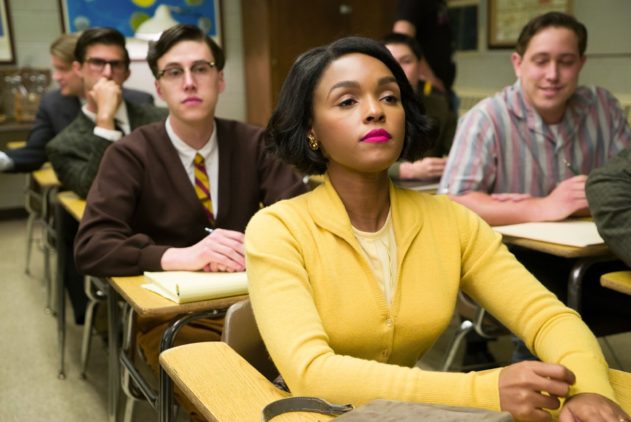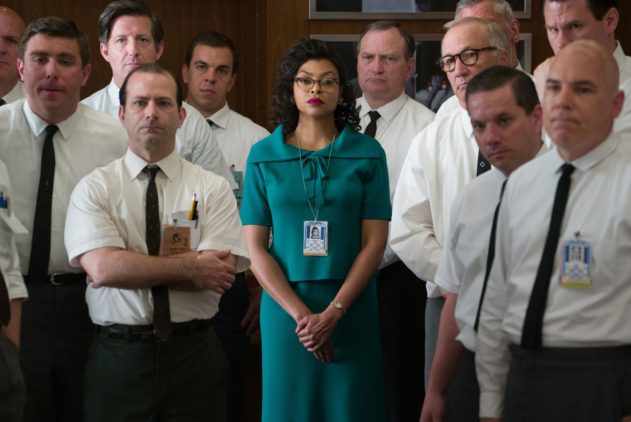“Hidden figures” is a keeper (here’s why)
Several viewings of the trailer for “Hidden Figures” before my usual cinema-going routine failed to convince me that it was a film worth seeing. On the strength of those two minutes, I quickly pegged it as yet another moral, inspirational tale about disadvantaged people overcoming great odds. Talk about disadvantage. The three main characters in question are women–not easy today and even less easier in 1961–and black, in a country where almost one hundred years after the civil war, some states are still segregated. That includes Virginia, headquarters of NASA at the time. Hard to step on this road, I thought, without falling into cloying sentiment, virtuous compassion, redemption, and the lofty lessons of entertainment for the masses.
Was I ever wrong! “Hidden Figures” is a jewel of a film. It sets the three main characters and their true story as highly valuable scientists at NASA in 1961, just before the Soviets are first in space with Yuri Gagarin, making the U.S. under President Kennedy desperate to catch up.
Katherine Johnson (Taraji P. Henson), Dorothy Vaughan (Octavia Spencer) and Mary Jackson (Janelle Monae) play the women with nary a misstep. They are astute, dignified, extremely good at what they do, and totally accepting of segregation. It’s hard to realize that people in those days, both white and black, found it normal to have “colored” restrooms, “colored” fountains, “colored” sections on public transportation, and of course schools and universities, at least those who allowed “colored” people in at all. NASA, on the other hand, belongs to white guys in white shirts and short hair who can so little stand to be next to any of the numerous “colored” employees that these have to work in separate facilities. Still, there is a hint of unease betraying the barely registered awareness that there is something terribly wrong with the system and the scary thought that it might have to give some day.
In the meantime, the three women play a major and recognized role at the highest level in the space programs. End credits show them aged, respected, aware of their groundbreaking role, the buildings named for them, the awards bestowed on them, and raises the disturbing question of what progress, if any, has actually been made and how quickly we could go back to unabashed racism.
The story directly told is that of the three main protagonists’ stunning achievements in their chosen line of work. The subtext remains racial, though, including period film and images of JFK, Martin Luther King, and the space program as it lurched forward through failures and extraordinary achievement that would lead, as we know, to the moon landing.
Mostly, though, we see an era where space shuttles caused immense pride and hope at the national level, where every child wanted to be an astronaut and every astronaut was a superhero. A time when, following Dr. King’s hope for the future, one could imagine African-Americans given full rights along white Americans, instead of today’s racism, worse than ever for not being at least honest as it was in 1961.
Now that the dream of an equality that no African-American can no longer imagine has given place to permanent recrimination and frustration on both sides of a huge racial divide, now that the space program is on its way to extinction and NASA itself is threatened, now that women, despite progress, still find themselves in unequal competition where any man, by dint of being a man, will win, no matter how unqualified, “Hidden Figures,” reminds us of a time where one could imagine one nation, undivided, aiming for the stars. Trust me, essential viewing.
news via inbox
Nulla turp dis cursus. Integer liberos euismod pretium faucibua




